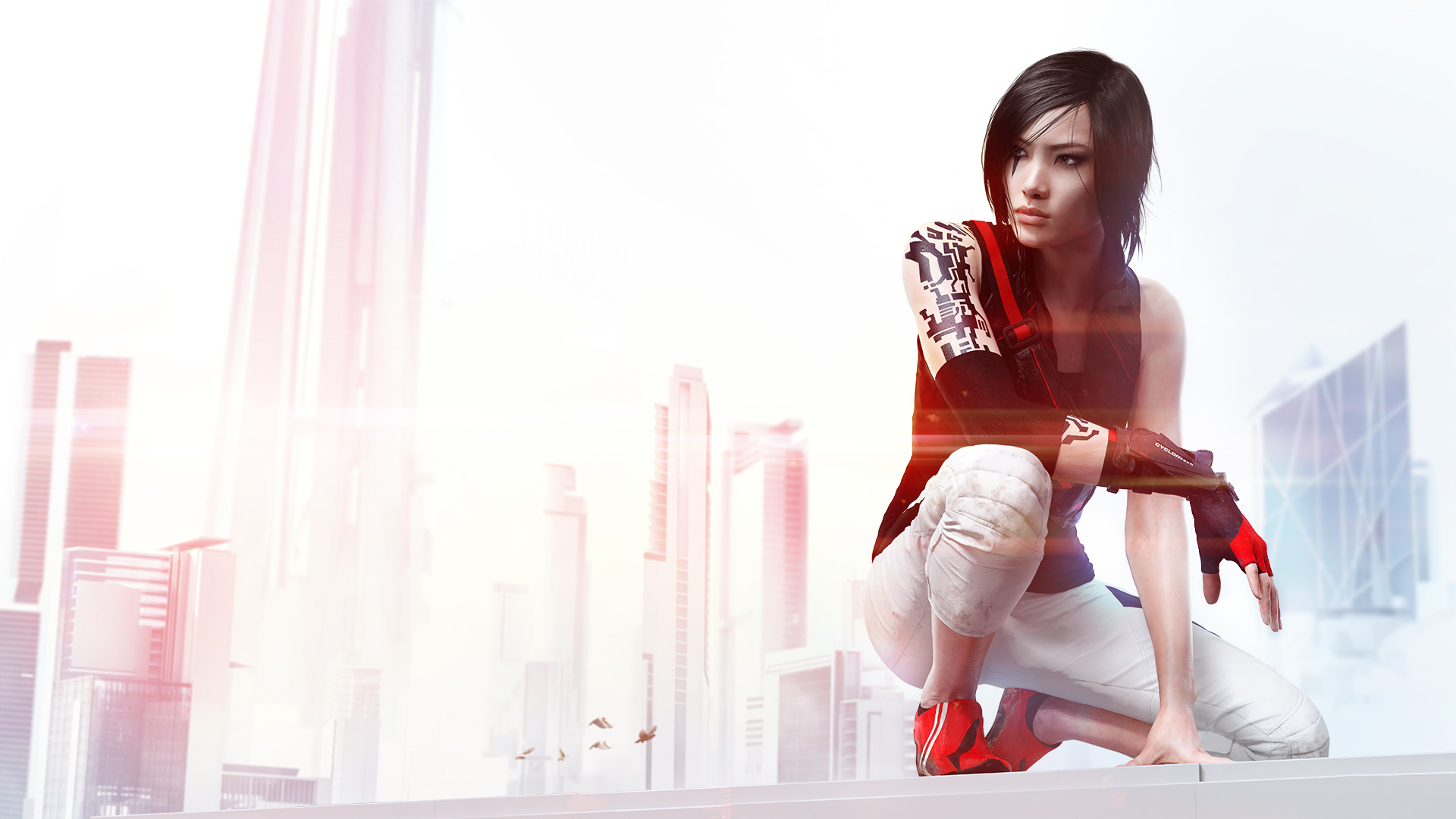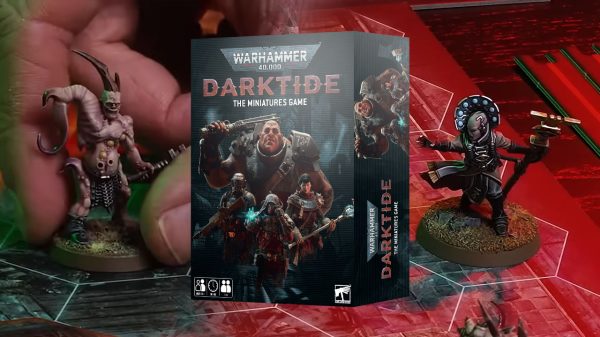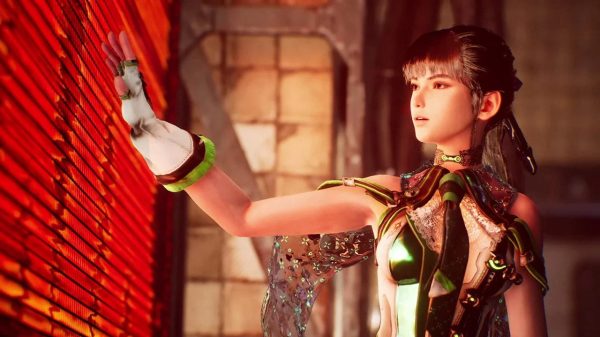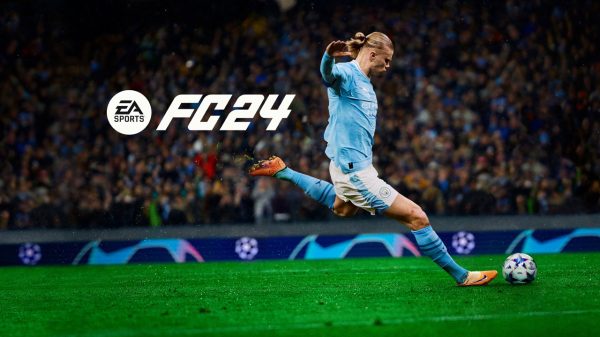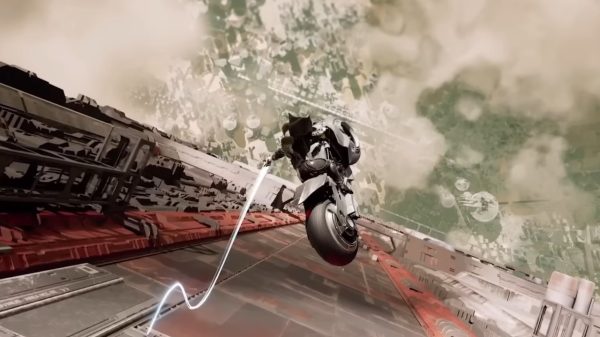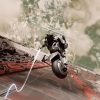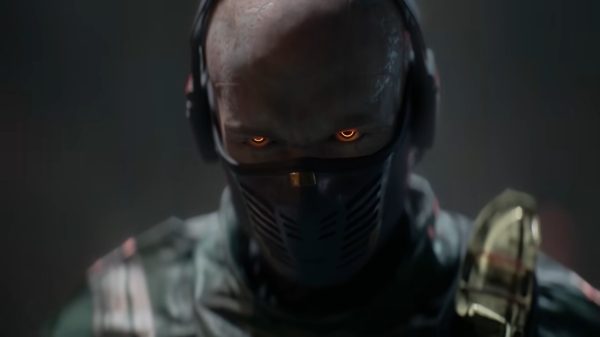It’s been a long time between drinks for fans of Mirror’s Edge. Despite the tepid response from critics, the original 2008 game became somewhat of a cult sensation (as cult as anything published by EA can be) amongst the gaming populace. Admittedly it was a flawed title but one I nonetheless loved, and looking back it was actually one of my favourite experiences of last-gen. Enter Mirror’s Edge Catalyst, which rights many of the wrongs of the original but unfortunately creates a few new ones. MEC’s improved story and more varied environments are welcome, but these can’t hide its gameplay design oddities, fairly awful combat and the utterly lifeless nature of the city of Glass.
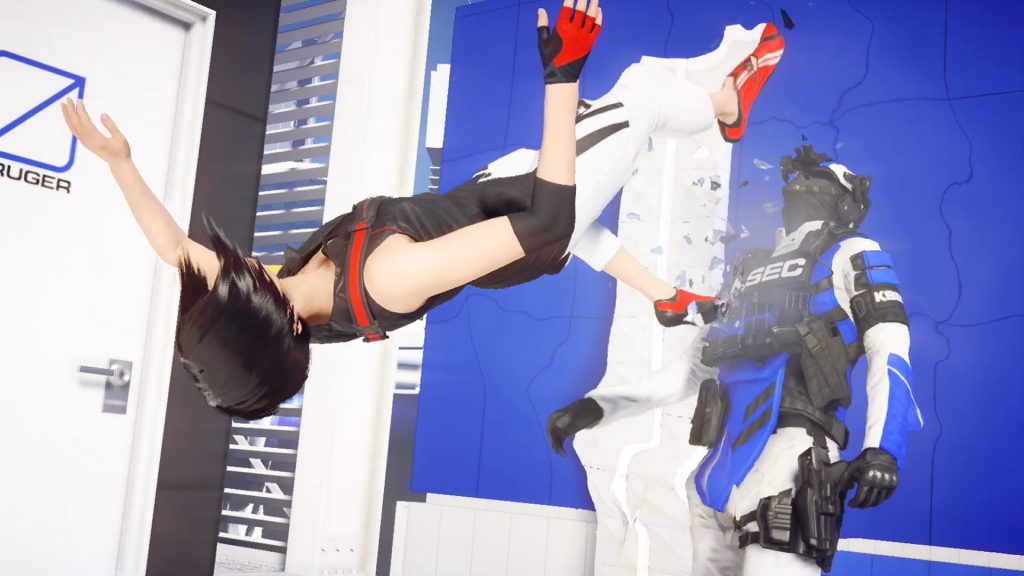
Have you ever hated authority so much you were willing to somersault kick it in the face?
As with the original game, MEC puts us in the well-worn shoes of Faith. Faith is a Runner, a group of elite couriers with a penchant for parkour (think Australia Post employees if they were ninjas hepped up on Red Bull). In a capitalist world that increasingly values societal order over personal freedom and privacy of information (sounds oddly familiar…), Runners operate outside official channels and receive and deliver sensitive goods. They’re also open to a bit of burglary and other shady dealings for those that have the coin to employ their services. While technically Runners only answer to themselves, their role in helping often questionable characters can land them in a spot of bother from time to time.
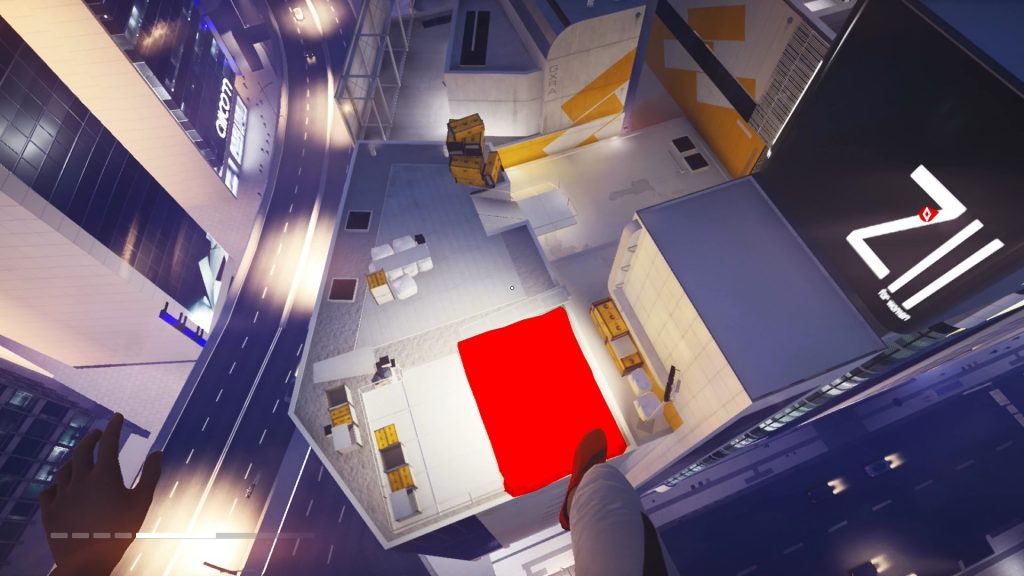
Aim for the bushes
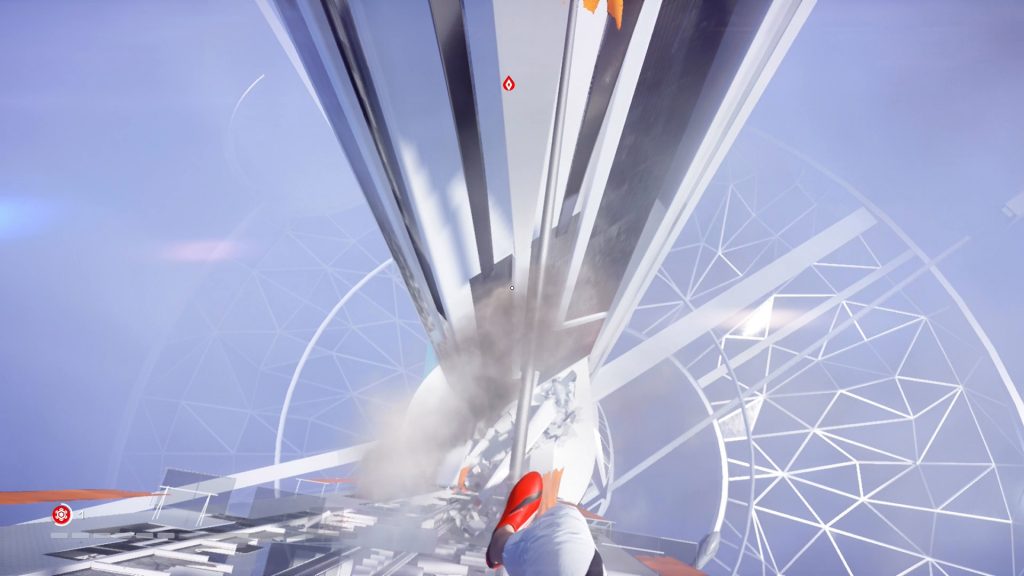
“Don’t look down,” she said as she looked down
The same architects who should be fired for making everything so bloody easy to break into should be simultaneously praised for their artistic vision. Interiors of buildings are dominated by a sleek and angular post-modernist style brought to life by a bold use of singular shades of bright colours and simple textures.
The game takes place in the city of Glass, a pristine faux-Utopia ruled by the Conglomerate. The Conglomerate restricts the freedoms of their citizens to ensure perfect law and order. Ruthless and morally ambiguous, the Conglomerate will employ any means to ensure their complete and utter control. The main face of the Conglomerate is Kruger, who owns and operates the security forces of Glass and is the main puppeteer pulling the strings. Opposing Kruger and the Conglomerate is the resistance movement Black November, whose raison d’être is to disrupt the corporate machine that has a stranglehold on the city. While they’re generally keen on protecting civilian lives, their leader Rebecca Thane is becoming increasingly erratic and less discerning when it comes to achieving the group’s aims. MEC is technically a reboot of the series, so its timeline in relation to the original game is unclear, and indeed there are some contradictions or at the very least incongruities when comparing the events in MEC and the story of the original. It seems EA DICE were looking to make a fresh start with MEC, so it’s best if you simply forget the story of the original (which shouldn’t be hard) and dive into this one with no preconceptions. Things get off to a fairly shaky start though, as a couple of key characters (like crime tzar Dogen and Faith’s surrogate father Noah) are not properly introduced at the outset of the game, and it is assumed that the player has read the prequel comic Exordium prior to picking up MEC. At any rate, it’s clear that at some point Faith has inadvertently crossed Dogen and now owes him a lot of money (or scrip as it’s called in the game). In the course of trying to raise some scrip to pay her debt she stumbles upon (and steals) some highly sensitive information belonging to Kruger, which makes her and her friends targets of the Conglomerate and unwitting pawns in some dangerous games with some powerful players. The story is actually fairly decent, with some beautifully captured cut scenes fleshing out the characters and giving the tale a bit of emotional weight. It does tend to pander a bit to well-trodden dystopian themes of freedom and chaos versus security and control, and a blind man in New Jersey could have seen the story’s twist coming, but there’s enough intrigue there to keep you running, sliding and jumping your way through the narrative.
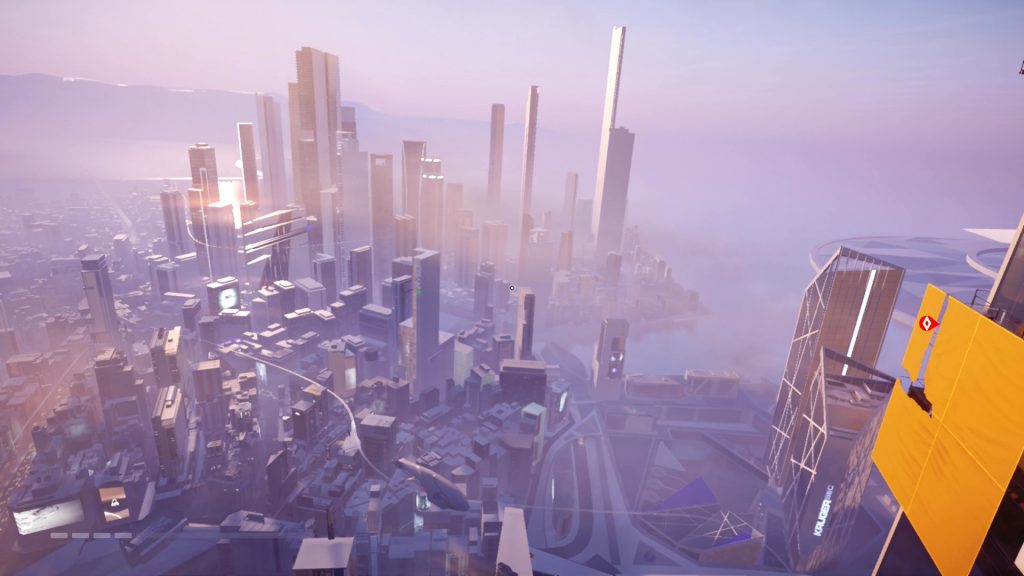
The city of Glass
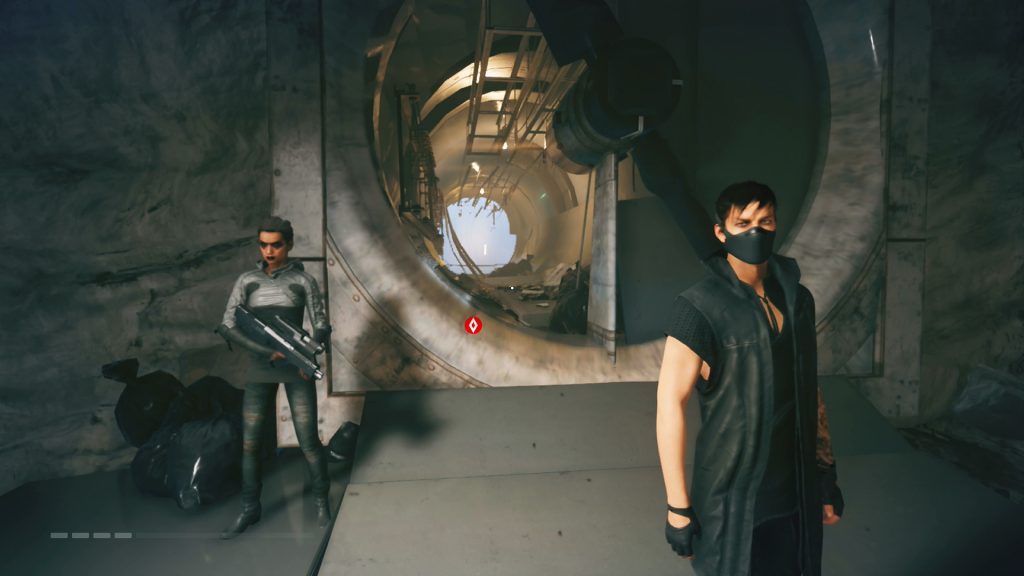
Pete Wentz left Fallout boy to join Black November
We are told that the city of Glass is a bustling metropolis, and you can see when you scan the distance that it is quite a mammoth city, but despite this it appears more or less devoid of life of any kind
One of the main problems with MEC is the dissonance between what the city of Glass is supposed to be or represent, and how it actually appears in physical reality. We are told that the city of Glass is a bustling metropolis, and you can see when you scan the distance that it is quite a mammoth city, but despite this it appears more or less devoid of life of any kind. Some of this is by design, as the gleaming city is supposed to appear sterile and orderly, but that doesn’t excuse the fact that the handful of people you actually do see outside of cut scenes don’t really seem like they belong to MEC’s world at all. For instance, you can simply run through people’s (unlocked) pristine penthouse apartments and no one will bat an eye lid. You can fight a pack of KrugerSec guards and kick them off a building in plain sight of a few civilian witnesses and they don’t even pause to watch. Furthermore, despite the fact that Glass’ society appears technologically advanced, their security is awful and the building layout is a cat burglar’s wonderland. It seems a lot of the KrugerSec guards drew the short straw too, and nobody saw fit to give them guns, assuming they’d be able to maintain absolute authority armed only with sticks. There’s apparently a class struggle going on as well, but you never really see or feel its impact, and are never given a reason to really care about it.

You know there’s a stranger in your house and a giant helicopter outside right?
Running on Frostbite engine, the game for the most part is undeniably beautiful. The same architects who should be fired for making everything so bloody easy to break into should be simultaneously praised for their artistic vision. Interiors of buildings are dominated by a sleek and angular post-modernist style brought to life by a bold use of singular shades of bright colours and simple textures. These spaces are beautiful and are probably my favourite part of MEC’s experience. There’s also a beautiful use of lighting and shadows throughout that make the environments visually pop. What is far less impressive is MEC’s draw distance, which is underwhelming to say the least. Many times you’ll be atop a high building and think to look out across the cityscape, and all you’ll see is a murky mess of poorly textured buildings and vehicles below. Perches that should have offered breathtaking vistas ended up just making me wonder if I had forgotten to put my glasses on, and it reinforced my main issue pertaining to the city of Glass’ poor sense of place and character.
Gameplay-wise, MEC does a great job of capturing the thrill of parkour, and there’s a fantastic sense of momentum as you make a bee line for your objective, seamlessly vaulting off objects, hopping along rooftops and clambering up ledges. The most important controls are mapped to the shoulder buttons so as to ensure your thumbs never have to leave the thumbsticks, and the HUD is almost completely clear of any clutter so the focus is almost always purely on the movement. The same trial-and-error tribulations from the original game do make a reappearance here though, but death is largely inconsequential and you’ll simply have to suffer a relatively short loading screen before you reappear back on the ledge before the jump that lead to your untimely demise. For the most part the movement controls are fluid and responsive, however as the spaces get a little tighter some imprecisions do reveal themselves, and what was supposed to be a jump onto a narrow ledge might sometimes end up being a wall run to your doom.
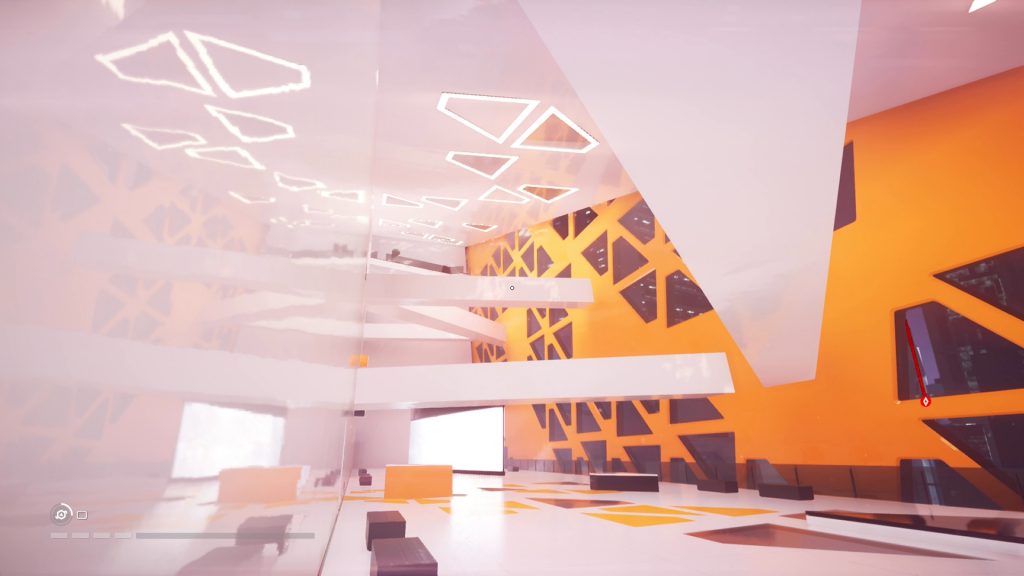
Interiors have a sleek po-mo style

Parkour wonderland
Gameplay-wise, MEC does a great job of capturing the thrill of parkour, and there’s a fantastic sense of momentum as you make a bee line for your objective, seamlessly vaulting off objects, hopping along rooftops and clambering up ledges
Unfortunately the game does throw in too much combat, which oscillates between being unintentionally hilarious due to rag doll physics and an incredibly annoying distraction. Faith is not a bad martial artist, and can use heavy and light attacks to subdue the various henchmen of KrugerSec. You can direct her heavy attack and kick foes into walls, over railings or into each other, but rather than looking cool it comes off as kind of awkward. Watching two grown men bumble into one another or stumble slowly and unconvincingly towards a wall and knock themselves out naturally looks fairly ridiculous. It’s also a very common occurrence for enemies to clip through walls and railings, which can become another source of unintentional humour. The combat flows better when Faith is on the move, and some combat arenas allow you to traverse them with gay abandon while simultaneously nailing multiple guards with stylish and powerful attacks as you continue on a path of deadly parkour destruction. But far too often the game puts you in a small space and makes you take on guards, keeping you caged momentarily, which neuters any sense of freedom. The game is at its best when it simply lets you follow your instinct while giving you the space to move and experiment with the game’s momentum, such that you can freely create your own path and establish a flow. This is the core of Mirror’s Edge’s allure, and one that you see glimpses of from time to time, but not really often enough.
The gameplay design has changed in MEC compared to the original, and there’s a shift towards a more open-world structure. You mark a goal on your map and it’s up to you as to how you get there. You’ll still be shuttled along certain paths, and will become quite familiar with a few of the runs from place to place, but there’s a welcome expansion in terms of choice as you traverse the city. Besides the main quests and side missions there’s a litany of collectibles to be found, however I can’t say I was too motivated to seek them out. It’s redolent of Ubisoft’s empty checklist style of gameplay and an aspect I did not care to indulge in (outside of picking up collectibles I found on or near the beaten path). Of course, there’s also races to dabble in (or Dashes as they’re called), however in a questionable move you’ll need to unlock and purchase certain key upgrades if you want to be competitive. This means you might as well not
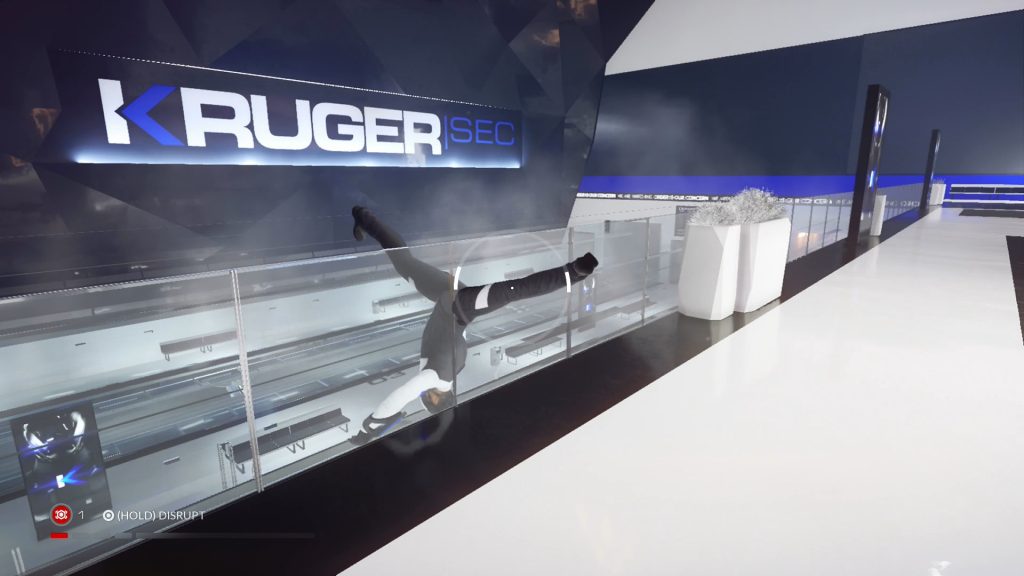
I don’t imagine this is how this guy thought his day would end
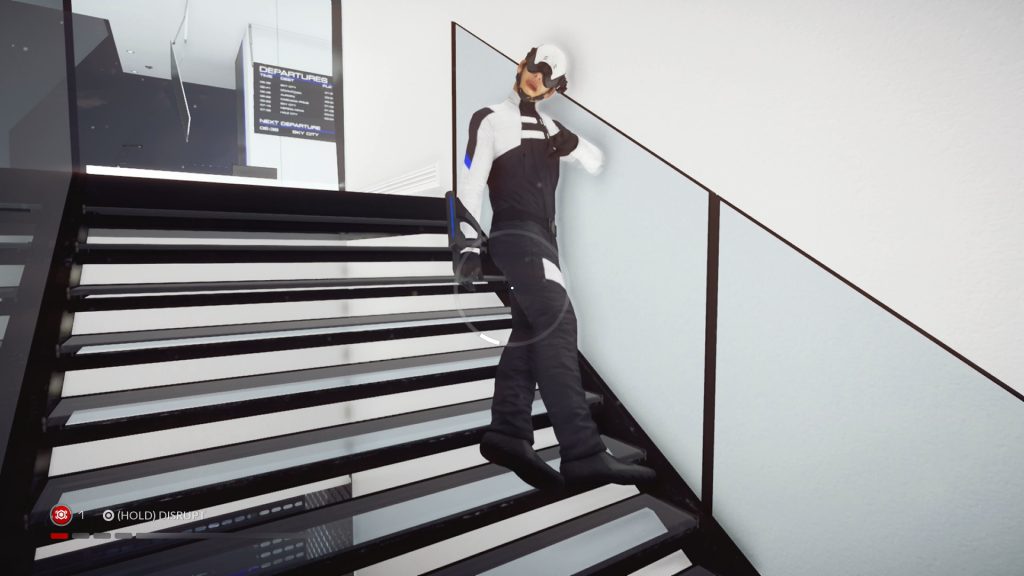
Tim was drunk at work again and hoped no one would notice
bother with them at the start of the game until you’ve unlocked some more advanced kit by progressing through the story and gaining experience points. These points feed into your movement and combat capabilities and can be gained from doing missions or completing side activities like deliveries around the city. You’ll also acquire gear like the grappling hook-type implement called a Mag Rope that lets you access different places in the city. These RPG elements work well within the game, but a few of the basic parkour movements (like rolling out of a hard landing) should probably have been included in Faith’s base move set rather than having to be earned. Luckily, progression is fairly quick and it won’t be too long before you’re ready to rival those crazy French bastards on YouTube in the art of parkour.
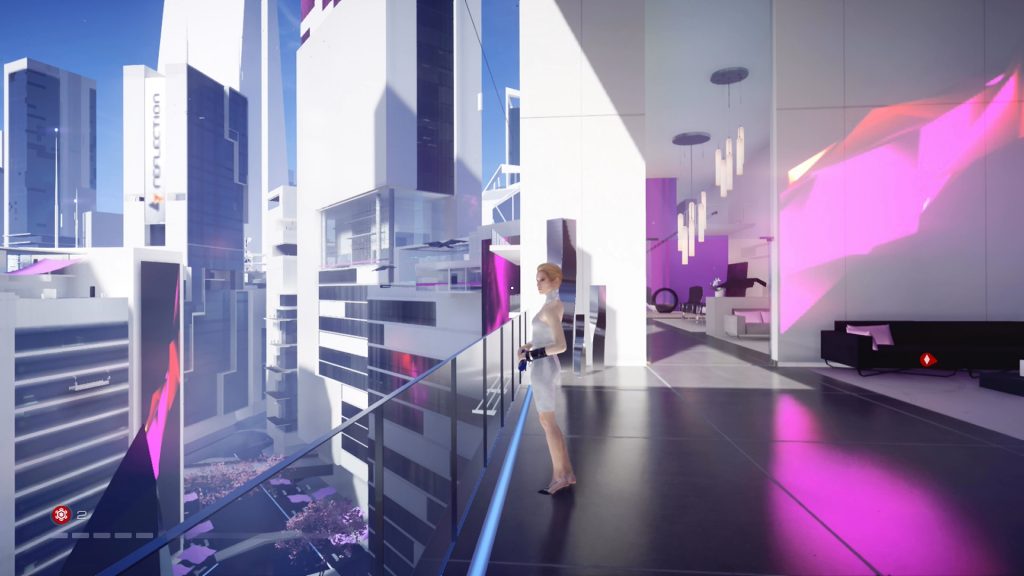
Just waitin’ for a mate
Final Thoughts
I feel like MEC struggles under the weight of its ambitions, and too often interrupts its own flow. There are times during the game where I felt a fantastic sense of freedom and control, but it was never too long before it was taken away from me by an ill-conceived combat scenario or fiddly jump. While MEC’s story is a marked improvement on the rambling tale of the original, the developers fail to establish the character and personality of the city of Glass or its society, and it becomes a case of being told that something exists without ever seeing any evidence to that effect. EA took eight years to follow up the original Mirror’s Edge, and I’m not sure MEC marks the glorious return for the series they were hoping for, but for what it’s worth I do hope that EA DICE get another swing at nailing the formula. There are moments when MEC’s moving parts come together and it’s simply brilliant, and the focus on moving forward then should be trying to fill a whole game with these moments, while giving us a setting that not only looks the part, but feels the part too.
Reviewed on PS4

- EA DICE
- EA
- PS4 / Xbox One / PC
- April 22, 2016



Kieran is a consummate troll and outspoken detractor of the Uncharted series. He once fought a bear in the Alaskan wilderness while on a spirit quest and has a PhD in organic synthetic chemistry XBL: Shadow0fTheDog PSN: H8_Kill_Destroy





